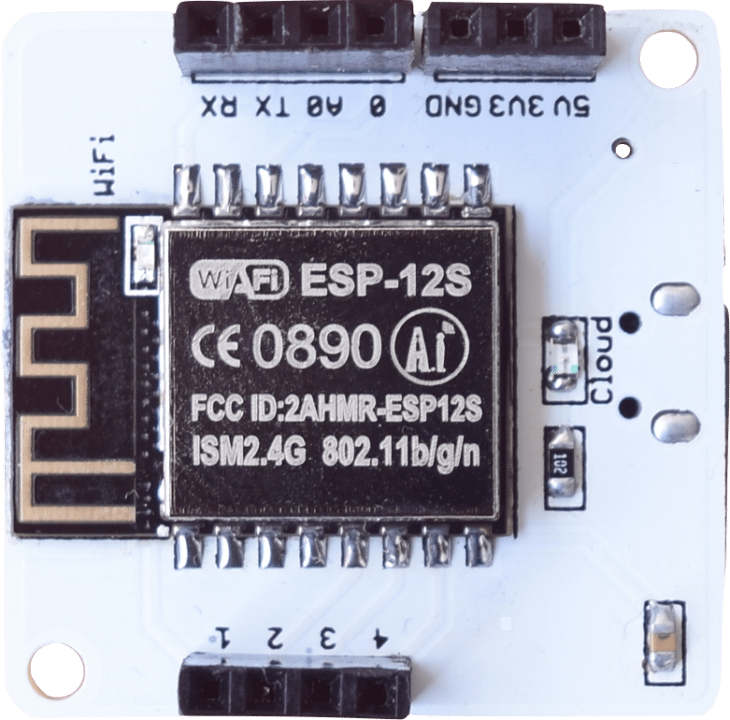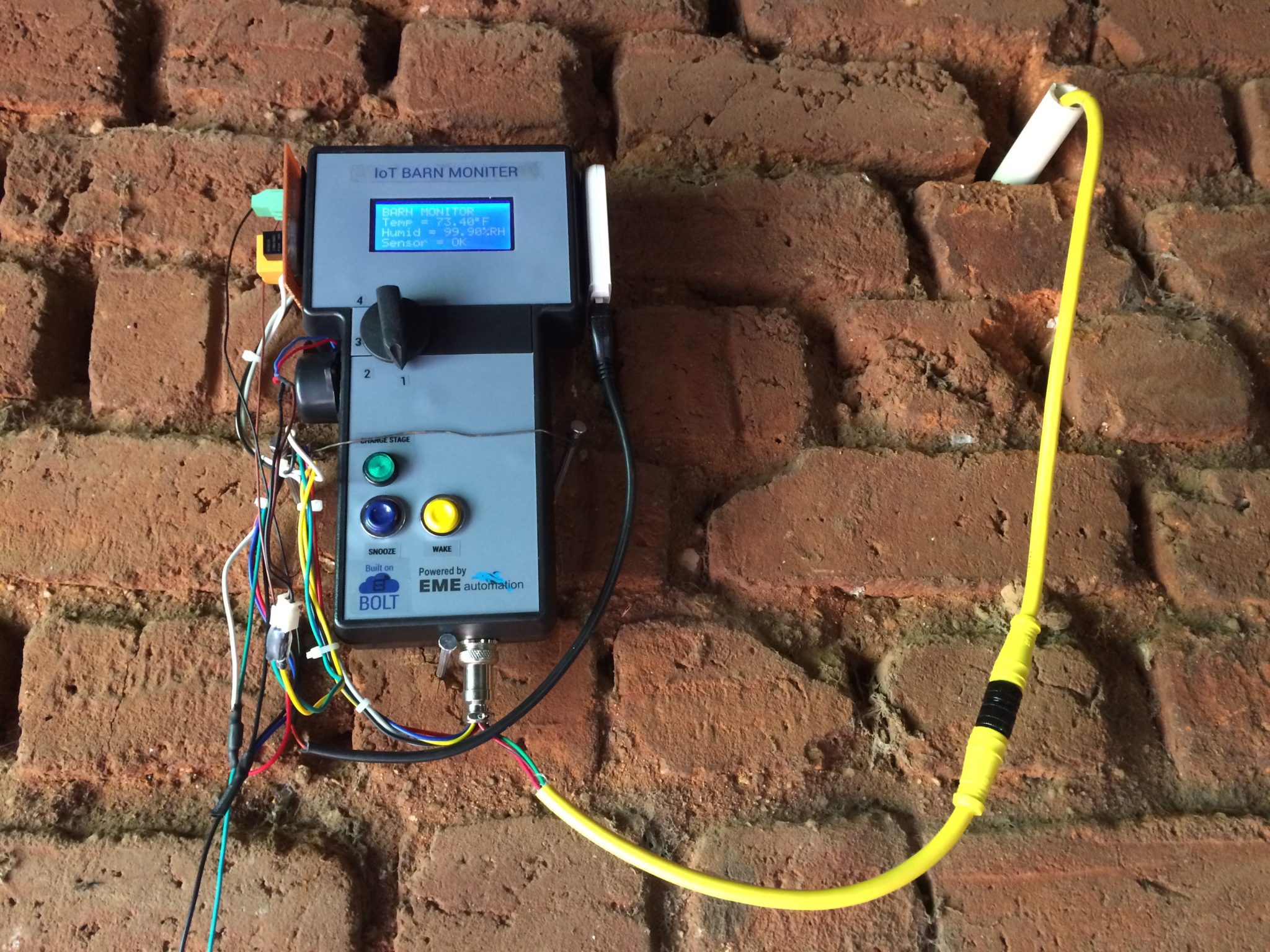Can smart concepts and the hottest buzzword in town Internet of Things (IoT) provide the much-needed shot in the arm for our farmers? This is now the thousand-dollar question that id flooding almost all forums; be it online as well as physical discussion areas. Would our government keep interests of farmers in mind and work towards guiding them to prosperity, rather than only attract Foreign Direct Investments (FDI) for development?
This is one area where engineers and IoT researchers have shown keen interest to work. Going by latest developments, it seems that IoT can indeed be implemented in the Indian agricultural scheme of things, in addition to other ‘elitist’ areas of society.

Complex issues in agriculture are solved by IoT
“Agriculture has a diverse need for IoT. There are a lot of losses in farming & other aspects where the lack of data & insufficiency has created an issue. IoT not only solves a problem of data collection & monitoring but also the gather data can be analysed further to improvise in next cycles”, states Ravi Gupta who works as a Business Analyst at Bangalore-based Inventrom Pvt.Ltd, an IoT-startup.
Ravi is also of the opinion that incorporation of smart concepts in farming would directly lead to an increase in the total yield generated by farmers.
Lack of training would be solved dynamically
IoT solution providers and domain experts believe mitigation of the training issue is the biggest advantage that IoT in agro would offer. Let’s say that you are an electronics engineer and also own a piece of land at your native place.
Now, if you think that you can create sustainable IoT-driven solutions to improve the way you farm, then you should go straight ahead and implement these solutions even if it is on a smaller scale and domain.
Your IoT-driven advantage would be that the entire process of training would be automated.
“Integrating IoT to the current system or developing a system based on IoT would offer a constant check or supervision over the entire process, offer notifications & alerts when needed and if feasible, can also automate the entire thing.”, adds Ravi.
The whole process of issuing alerts and monitoring of crops is now automated

Any IoT solutions provider knows that an IoT system is made up of 4 key aspects viz. data analysis, process monitoring, visualisation, and control. When this system is implemented successfully, significant data is generated. This, in turn, gets automatically monitored at the IoT framework level itself.
Just imagine, how useful would such an automated system be for any farmer. With alerts and monitoring processes automated, farmers can relax and channelise their energies into other activities such as seed procurement, and labour.
Exact processes are well understood by the farmer = A big bonus
Another bonus that you get is the fact that huge data (related to your farming activities) can be further segregated using machine learning algorithms to make the system smarter. This would offer near future prediction of data, segregation of similar sets of data and further improved insights in the system.
These divided data sets (basically broken down into smaller units) can then be used by farmers to better understand their process.
IoT to empower me to stand up to our farmers
Now, the tricky part here is to understand the easily implementable IoT-driven smart agricultural solutions. As per Inventrom, their Bolt IoT platform is one such tool that can act as a two-way communication source and thereby make smart systems more smarter.
Basically, Bolt gathers data, monitors processes, sends control commands back to make suitable changes, and offers analytics for valuable insights.
What is this whole Bolt-thing?
Bolt comes with a Wi-Fi/GSM chip and a cloud platform which helps you connect your devices and sensors to the Internet.

With Bolt Cloud you can control and monitor them over the internet, create personalised dashboards to visualise the data, monitor the device health, run machine learning algorithms, along with improvising a lot.
Companies have invested on IoT-driven agro solutions, actually
In fact, our ears sharpened when Ravi (of Inventrom) told us that the company had built a smart Temperature and Humidity Monitoring System for use in Barn Monitoring in Tobacco Curing Barns.
Now, first things first, it was an Indian conglomerate’s Agri-Business division that used the above smart solution.
Reason for usage was straight-forward; tobacco is produced by weeks of curing/processing of green tobacco leaves. All the process involved in this cycle primarily depend on two variables which are temperature and humidity.
Each of these processes requires a specified set of ranges for each parameter and anything going out of this range would result in a bad quality product.
Deployment needed to be done carefully; once done, the administrators were not only able to keep a check on the entire process (in the form or alerts and alarms whenever abnormalities were detected), but also generated reports which showed the error percentage per process per barn.
Implementation of this solution, according to Inventrom, has helped the client company in farmer profiling along with enabling folks at this company to keep a check on everything happening at the tobacco barn remotely. This company has also supposedly been successful in monitoring individual barns; use these results and thereby even train farmers for the future.
The government is also ‘reportedly’ interested
“The current government of India is focused on development and progress. They have introduced a lot of good initiatives like Smart Cities which ensures their vision for a better India.”
“I am sure they are certainly taking necessary steps in the direction of making agriculture technologies advanced and thereby focused on making the life of farmers easier,” signs-off Ravi.







This instrumant what are the need of farmar